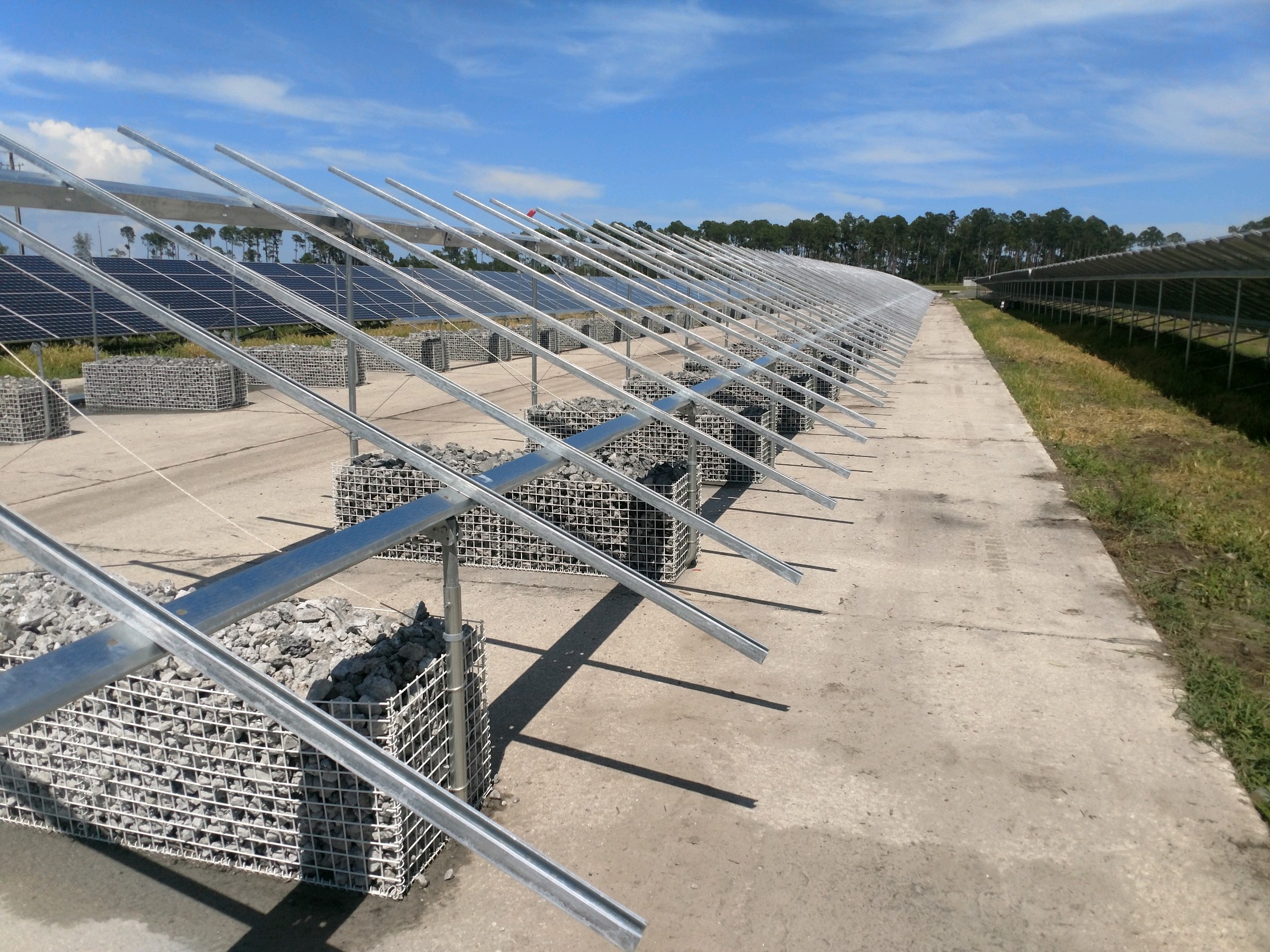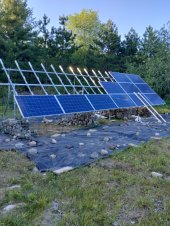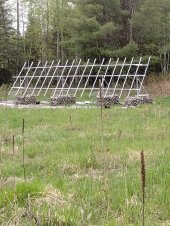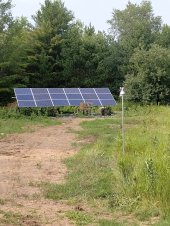and if anyone has additional ideas or comments, I'd appreciate hearing those as well
most folks do not so the trade off if go with "formula P" and just make everthing heavier
Having lived all my life New Hampsire and Vermont and been involved with construction for ~35 years… I’ve seen a lot of stuff that boggles my head.
Concrete, big rocks, and crazy ground structures just to anchor stuff because of ledge or other what have you rock or slope issues. “Big and heavy” is often the answer people arrive at.
I worked for a ski area a while, too. Rock and slope is a given at a ski area.
Anyways, if you have exposed ledge or ledge under almost-soil [hahaha

that’s half of Maine ain’t it!] it’s ridiculously simple to anchor stuff to The Third Rock. Even granite hammer drills quite easily and readily. Boring diagonal holes in three axis and driving in steel rod or 3/4”+ rebar leaving a foot or more of length out of the rock will let you pour an efficient and small ~1-2SF footing with a galv bolt as an anchor pin welded to the steel anchor rods prior to pouring This is quick and dirty, simple, strong, and well within the frailest of budgets.
If similar methods (albeit with multiple 2” bolts or tabs/ears set in concretia) adequately support electrical towers, offloading shacks at the top of ski lifts, and osha-legal safety handrails high up ski mountains, then the swept area loading of a comparatively small solar area will be just fine.
An example of the durability of pins in rock is a ski patrol shack that had shifted on its poured footers and was precariously compromised. This was steep-cliff terrain accessible only be four wheeler and the proposed cost to replace the building by a contractor was “not in the budget.”
I said I could repair it. I used a cordless hammer drill to install quite long thunderbolt anchors to which I affixed threaded rod couplers. I used those to anchor 8x10 pressure treated cribbing and then leveled those with wedge-cuts of 2-by pressure treated. These then supported cross-braced 6x6 posts blah blah blah.
I don’t ski so I haven’t been up, but I’m told that this ski patrol warming shack I fixed (they wanted “just two more years”) is still in service almost 25 years later.
Anchoring to rock is simple and effective. No need for literal tons of ballast. You’ve got the whole world at your disposal.







